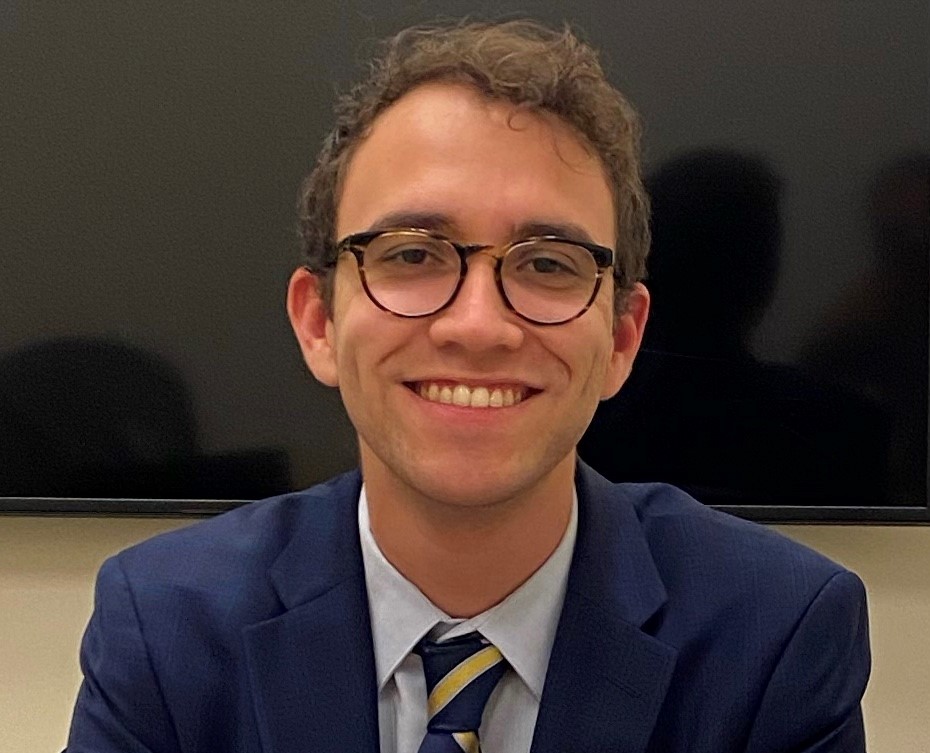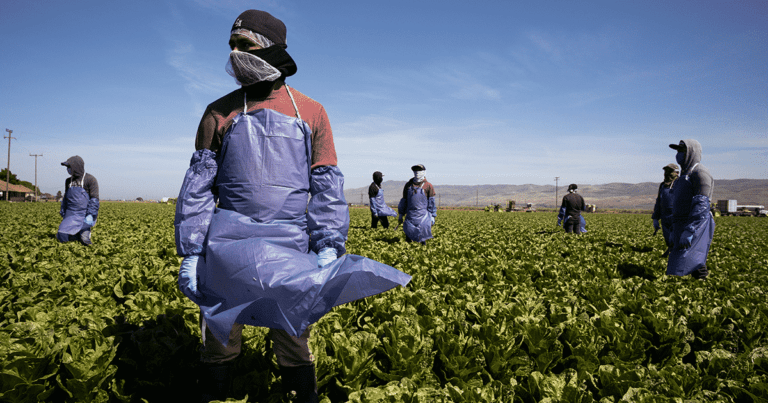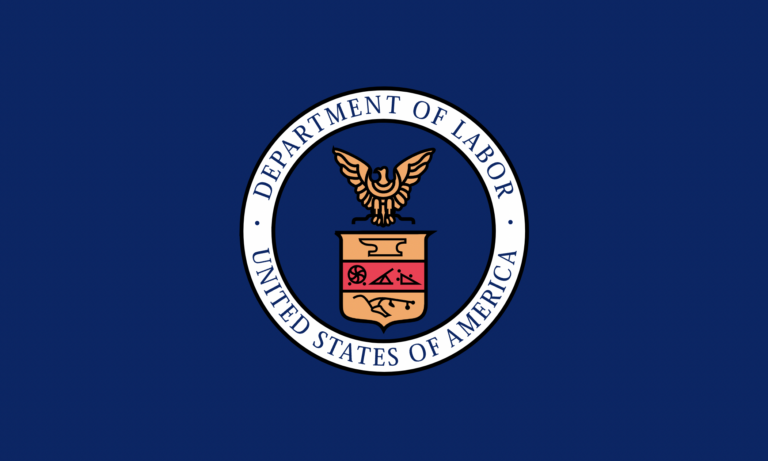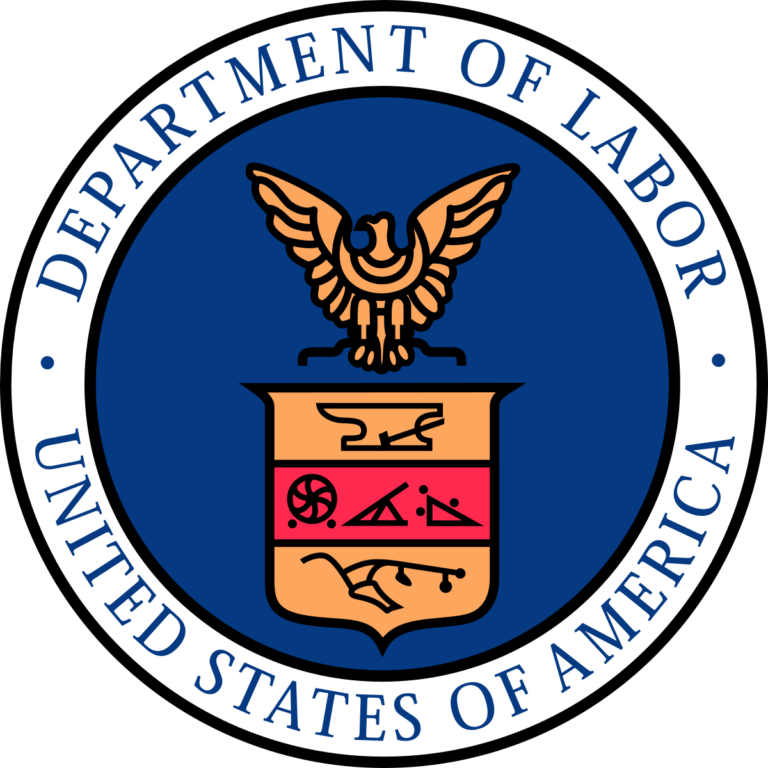
Ian Kalil is a student at Harvard Law School and a member of the Labor and Employment Lab.
The State of Child Labor
In August of 2022, the Department of Labor launched an investigation into Packers Sanitation Services, or PSSI. The investigation found that PSSI hired at least 102 children across 13 facilities in 8 states. The children were illegally hired to work overnight shifts and were required to do hazardous tasks well outside what is permitted by law. These jobs included cleaning dangerous equipment with corrosive chemicals and cleaning floors where animals are slaughtered. Several minors were injured including a 13-year-old who was burned by caustic chemicals.
This case is one of many that have come to light in recent years. Since 2015, there has been a significant increase in child labor violations. The Department of Labor has reported a 69 percent increase in the number of children employed in violation of child labor law since 2018. A number of factors have contributed to this rise: a tight labor market, a large number of “unaccompanied minors” entering the country, human trafficking, and efforts by many state legislatures to weaken child labor laws. The New York Times has reported extensively on the pervasive exploitation of migrant child laborers. DOL and some state attorneys general have stepped up enforcement to combat these violations. As of late July, DOL investigators were pursuing over 700 open child labor cases.
The Problems of Enforcement
Despite the renewed commitment by the federal and state governments, meaningful enforcement of child labor law remains elusive. Government agencies can’t pursue a case for every child labor violation, and child labor violations are hard to detect. Enforcement relies on employees to raise complaints or on independent investigators. When enforcement action is taken, the statutory remedies under the Fair Labor Standards Act (FLSA) are damages, which are currently capped at $15,3181 per employee in a violation that does not result in serious injury or death, and injunctive relief.
DOL does not always pursue the statutory maximum, and even when it does, companies are often able to shrug off the fine as a cost of doing business. PSSI paid out $1.5 million in civil penalties in the case mentioned above – $15,318 per violation. PSSI is owned by Blackstone, the world’s largest private equity firm. Blackstone, which has $1 trillion in assets under management, is estimated to have paid more than $1 billion for PSSI in 2018. $1.5 million is a drop in the bucket.
Injunctive relief offers some possibilities but has its own limitations. As part of the consent order against PSSI, the court enjoined PSSI from violating the FLSA’s child labor provisions and to take certain steps to ensure future compliance with the law – a requirement the company should have observed in the first place. The real force of the consent order comes from the increased penalties that would follow a failure to comply with the order and the step up in penalties for repeated violations of the FLSA. A second offense committed after a prior conviction can result in imprisonment of not more than 6 months. However, the statute provides no increase for monetary penalties except for violations resulting in serious injury or death, and for many companies that benefit from child labor these penalties pose no risk.
Many violators of child labor laws are contractors working under agreement with a larger company. Repeat offenses across contractors for the same company are common: a Reuters’ investigation revealed child labor violations at six separate suppliers to Hyundai in Alabama and franchise locations of fast food chains routinely violate child labor laws. DOL has never held a company liable for the child labor violations of a contractor, and an injunction against a contractor has little to no effect on those with whom they contracted. When DOL investigates and finds violations at a McDonald’s location, liability falls only on the franchisee that owns that location, so the McDonald’s corporation is unaffected. A child labor violation by a different McDonald’s franchisor would not violate the first offender’s consent order nor would it qualify for the step up in penalties for repeat violations.
A Solution
This problem reveals a solution to many of the issues preventing meaningful enforcement of child labor laws: corporations should be held liable for the child labor violations of their contractors. Holding corporations liable for the actions of their contractors would make the injunctive relief available to DOL much more effective. Once a violation has been found against one contractor, the contractee faces much more severe liability for a second offense. This creates stronger incentives for the contractee to ensure its contractors are in compliance. Furthermore, large companies already have personnel and systems dedicated to ensuring compliance with the terms of their agreements. McDonald’s, as was revealed in the National Labor Relation Board’s investigation of the company in 2012, provides its franchisees a system for hiring, sets duties and responsibilities for employee roles, and requires its franchisees to undergo extensive training. McDonald’s proscribes step-by-step procedures for completing tasks down to the time it should take to assemble a sandwich. If McDonald’s can ensure that their franchisees assemble Big Mac’s in the correct sequence, why can’t they ensure that their franchisees aren’t illegally employing minors?
The Legal Mechanism
Under the FLSA, only employers are liable for their child labor violations, but liability may extend to a “joint employer.” Although the specifics of the legal test have varied since the FLSA was enacted, joint employer status generally depends on the level of control an entity has over the terms and conditions of another employer’s employees. Joint employer status need not apply to every contractee, but it should apply in relationships where the contractee retains significant control over and relies on its contractors as part of its business model, as in franchise agreements and the service agreements that govern PSSI’s relationships.
DOL has the authority to promulgate rules on joint employer liability. The most recent rule came in 2020 during the Trump Administration. The rule significantly narrowed the scope of joint employer liability in ways that worked to shield companies from liability for their contractors. The DOL under the Biden Administration rescinded the 2020 rule, but it has yet to propose a replacement. It is not clear whether DOL will issue a replacement rule or what the content of the rule would be. DOL has recently taken action that suggests a new approach for joint employer status is coming. Just this fall, DOL announced an investigation into Perdue and Tyson Foods related to allegations of child labor violations by their contractors. With that said, it is not clear whether DOL would succeed in bringing an enforcement action against these companies or that a broader joint employer liability would emerge from the case. But it is a start.










Daily News & Commentary
Start your day with our roundup of the latest labor developments. See all
July 11
Regional director orders election without Board quorum; 9th Circuit pauses injunction on Executive Order; Driverless car legislation in Massachusetts
July 10
Wisconsin Supreme Court holds UW Health nurses are not covered by Wisconsin’s Labor Peace Act; a district judge denies the request to stay an injunction pending appeal; the NFLPA appeals an arbitration decision.
July 9
the Supreme Court allows Trump to proceed with mass firings; Secretary of Agriculture suggests Medicaid recipients replace deported migrant farmworkers; DHS ends TPS for Nicaragua and Honduras
July 8
In today’s news and commentary, Apple wins at the Fifth Circuit against the NLRB, Florida enacts a noncompete-friendly law, and complications with the No Tax on Tips in the Big Beautiful Bill. Apple won an appeal overturning a National Labor Relations Board (NLRB) decision that the company violated labor law by coercively questioning an employee […]
July 7
LA economy deals with fallout from ICE raids; a new appeal challenges the NCAA antitrust settlement; and the EPA places dissenting employees on leave.
July 6
Municipal workers in Philadelphia continue to strike; Zohran Mamdani collects union endorsements; UFCW grocery workers in California and Colorado reach tentative agreements.